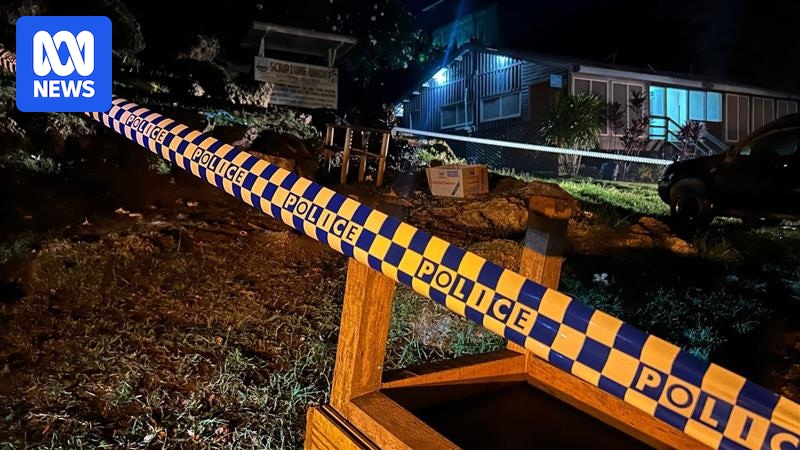
Police in the Solomon Islands have confirmed that a large explosion, which shook the nation’s capital, Honiara, overnight, was caused by an old World War II bomb. The blast injured one person near the rugby stadium in West Honiara.
According to local media, a young man is currently in stable condition at a hospital, having sustained injuries to his arm. The incident has reignited concerns over the presence of unexploded ordnance in the region, a lingering legacy of the Second World War.
Eyewitness Accounts and Immediate Reactions
Robert Iroga, the publisher of Solomon Business Magazine Online, resides near the explosion site and witnessed the event. “It was around 6:30 pm yesterday when a huge boom exploded just opposite the rugby stadium and it caused a lot of panic,” he told the ABC. “It was shocking and very frightening.”
Iroga shared that the explosion was likely triggered by a burning tree, which had been smoldering for several days, reaching the roots and igniting the buried bomb. Stalls selling market goods, such as bitter nuts, were situated close to the explosion site, adding to the chaos and fear among locals.
Historical Context and Ongoing Risks
The Solomon Islands, like many Pacific nations, are scattered with unexploded ordnance left by Allied and Japanese forces after World War II. Following Japan’s withdrawal from Guadalcanal in 1943, tonnes of munitions, including grenades, ammunition, and land mines, were abandoned.
Thousands of items of unexploded ordnance are believed to remain scattered around Solomon Islands and other Pacific nations.
This is not an isolated incident. In 2021, a similar blast resulted in fatalities, underscoring the persistent danger these remnants pose to local communities. “Experts have spoken against people lighting big fires because it might cause the bombs to explode,” Iroga warned.
International Efforts and Future Challenges
In response to these ongoing threats, Australia, New Zealand, and the United States, in collaboration with the non-government organization Norwegian People’s Aid, have been actively working to clear unexploded bombs in the Solomon Islands and other affected regions.
Despite these efforts, the scale of the problem remains daunting. The recent explosion serves as a stark reminder of the potential dangers that still lurk beneath the surface, threatening the safety and security of local populations.
“The fire had been burning for the last few days, all the way to the root of the tree and the ground with the bomb,” Iroga explained, highlighting the precarious nature of living in such areas.
Implications and Looking Ahead
The blast in Honiara has reignited discussions about the need for increased awareness and preventive measures to mitigate the risks posed by unexploded ordnance. Local authorities, with the support of international partners, are urged to enhance educational campaigns and continue clearance operations.
As the Solomon Islands grapples with these challenges, the incident underscores the importance of international cooperation and sustained efforts to ensure the safety of communities living amidst the remnants of a bygone war.
Going forward, the focus will be on bolstering community education, improving detection technologies, and ensuring that such incidents become a thing of the past, allowing the Solomon Islands to move towards a safer future.





